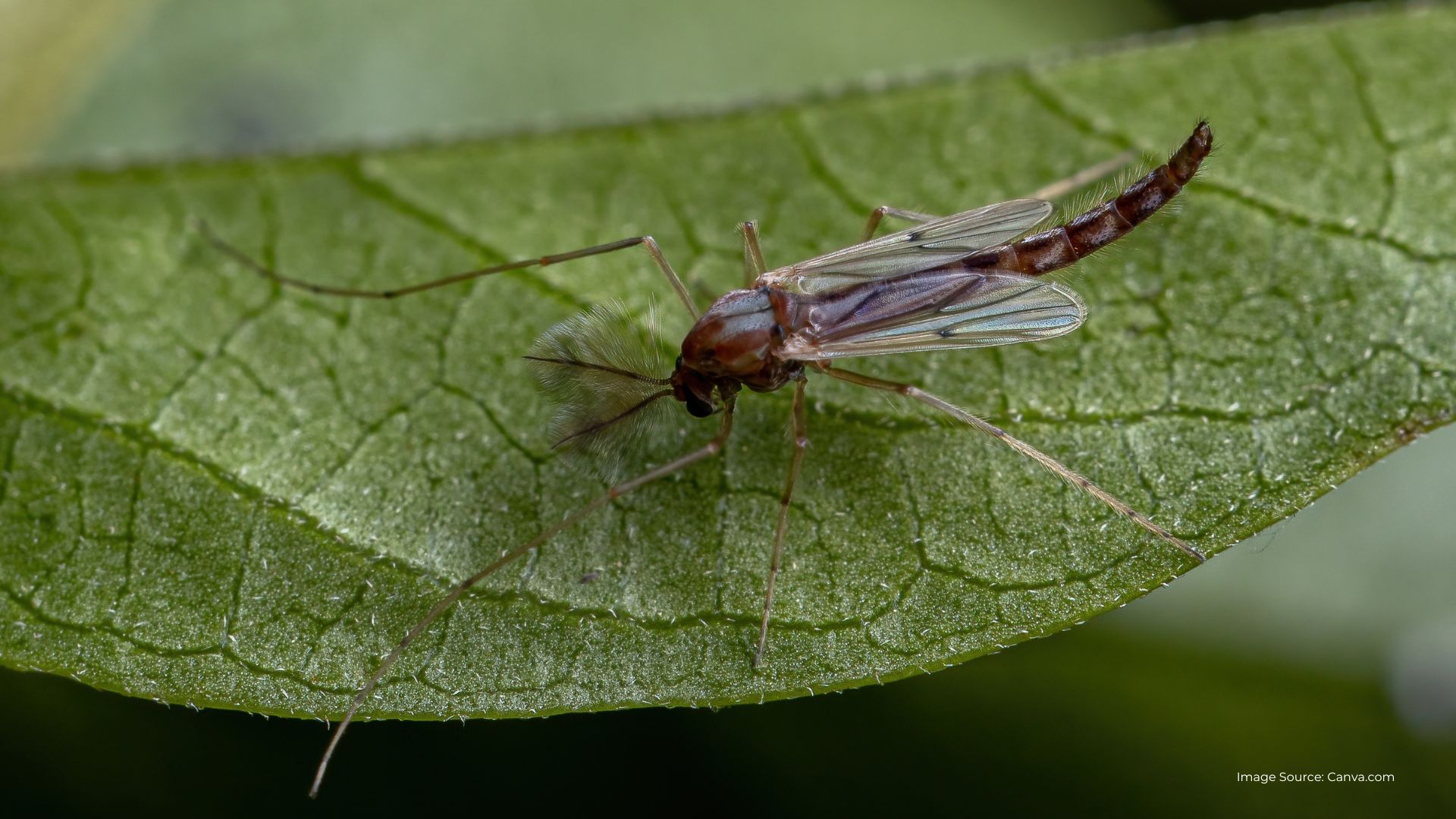Midge Madness
go.ncsu.edu/readext?1032627
en Español / em Português
El inglés es el idioma de control de esta página. En la medida en que haya algún conflicto entre la traducción al inglés y la traducción, el inglés prevalece.
Al hacer clic en el enlace de traducción se activa un servicio de traducción gratuito para convertir la página al español. Al igual que con cualquier traducción por Internet, la conversión no es sensible al contexto y puede que no traduzca el texto en su significado original. NC State Extension no garantiza la exactitud del texto traducido. Por favor, tenga en cuenta que algunas aplicaciones y/o servicios pueden no funcionar como se espera cuando se traducen.
Português
Inglês é o idioma de controle desta página. Na medida que haja algum conflito entre o texto original em Inglês e a tradução, o Inglês prevalece.
Ao clicar no link de tradução, um serviço gratuito de tradução será ativado para converter a página para o Português. Como em qualquer tradução pela internet, a conversão não é sensivel ao contexto e pode não ocorrer a tradução para o significado orginal. O serviço de Extensão da Carolina do Norte (NC State Extension) não garante a exatidão do texto traduzido. Por favor, observe que algumas funções ou serviços podem não funcionar como esperado após a tradução.
English
English is the controlling language of this page. To the extent there is any conflict between the English text and the translation, English controls.
Clicking on the translation link activates a free translation service to convert the page to Spanish. As with any Internet translation, the conversion is not context-sensitive and may not translate the text to its original meaning. NC State Extension does not guarantee the accuracy of the translated text. Please note that some applications and/or services may not function as expected when translated.
Collapse ▲
If you’ve lived in Currituck for any length of time, you have likely encountered swarms of what the locals call, “Fuzzy Bills.” These mosquito-like insects with bushy antennae are actually non-biting aquatic midges. They begin their life cycles in the mud and sediment below the water where the larvae serve as filters in the aquatic environment. They are also a food source for many species of fish, amphibians and other aquatic insects. When the adults emerge, birds and bats feed on them during their short life cycle. While they pose no harm to humans or animals, homeowners may find them quite a nuisance.
Aside from the annoyance of avoiding swarms, these midges can stain paint and other wall finishes and often smell like rotting fish as they decay. Their abundant presence can also lead to an increase in spiders, their natural predators. Midges are weak fliers and tend to congregate on vegetation, porches, and walls in dense swarms. They prefer cool, shaded areas during the day and are attracted to bright lights around and in homes at night.
So how can we control these annoying pests? Homeowners can achieve some results by switching to motion activated lighting or keeping porch lights off and blinds closed during peak populations. Electric traps may be utilized near doorways. Because midges are weak flyers, porch fans may help to keep them away from doorways. Sprays are minimally effective because the midge life cycle is short and populations replenish very quickly. For more information, see the Biology and Control of Non-Biting Aquatic Midges publication from NC State Extension.




